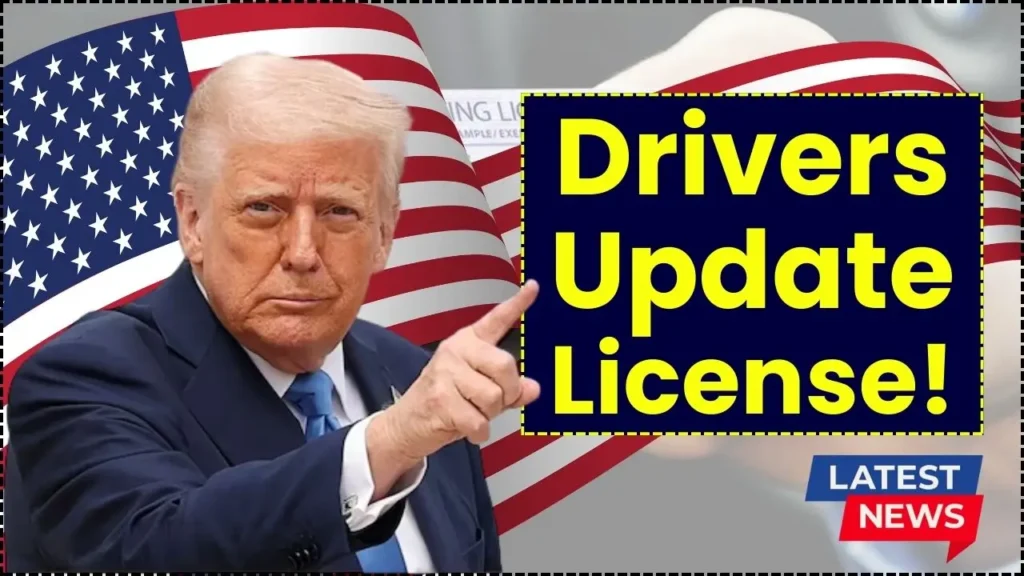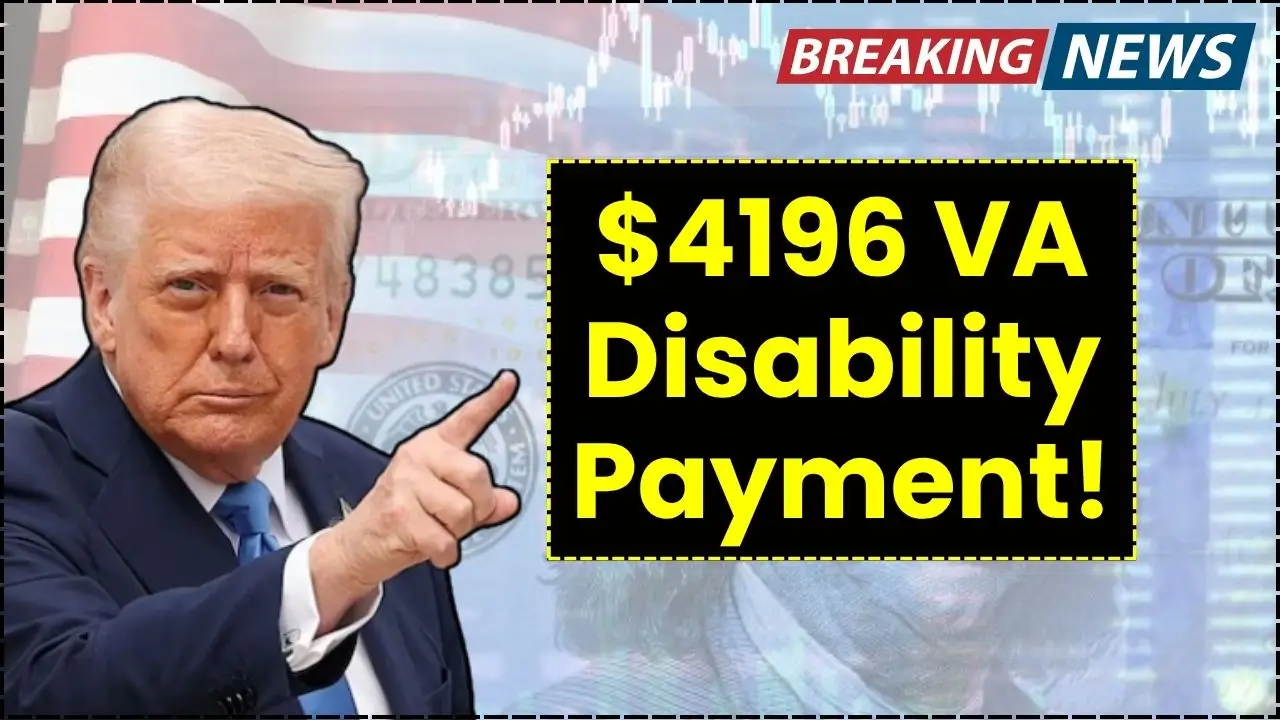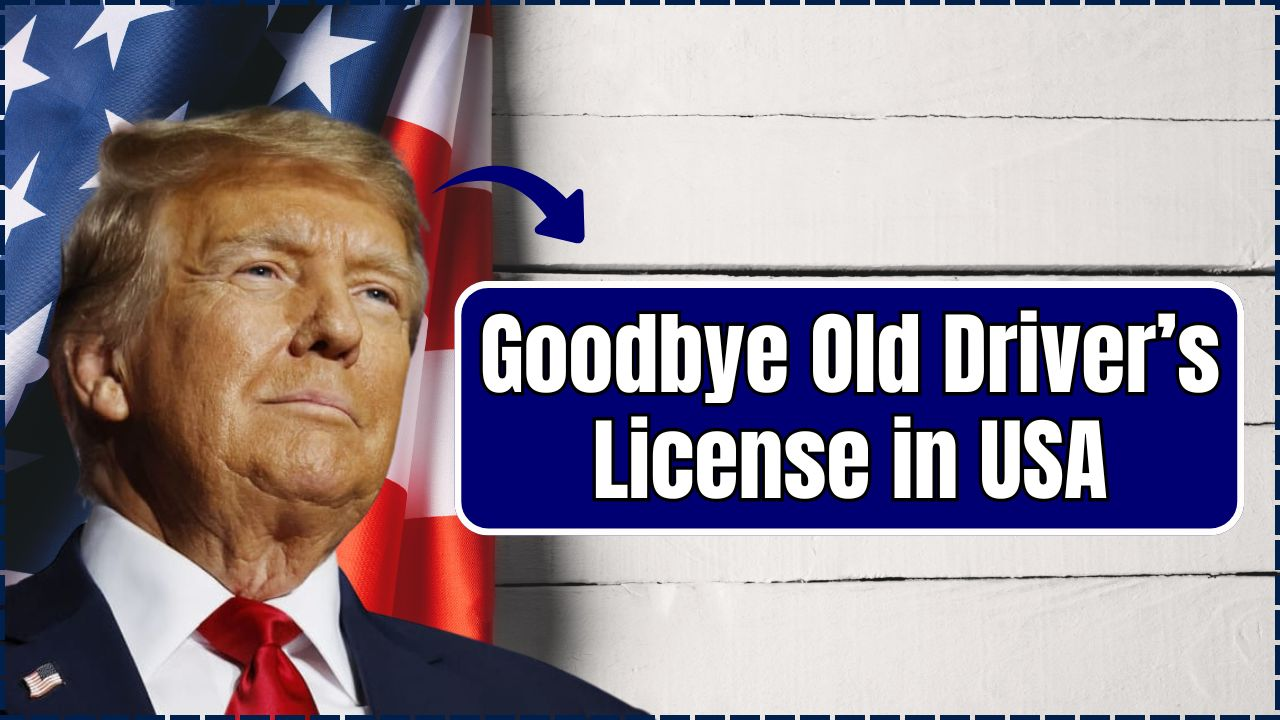Time is running out for millions of Americans who haven’t made a crucial update to their driver’s license. A fast-approaching federal deadline is set to change how we use our most common form of identification. As the date for when US drivers update license requirements gets closer, it’s essential to understand the stakes. This isn’t just another piece of bureaucratic red tape; it’s a significant shift in national security policy that directly impacts your ability to travel domestically. This guide will walk you through everything you need to know about why US drivers update license rules are changing and what you need to do to avoid major headaches.

The federal government is setting a final deadline for a new type of identification, and your current driver’s license might not make the cut. The core reason that US drivers update license regulations are being enforced is the REAL ID Act, a law designed to create a more secure and unified standard for identification across all states. After May 7, 2025, if your license isn’t compliant, you’ll face major hurdles trying to board a domestic flight or enter a federal facility. This isn’t a suggestion; it’s a mandatory change for anyone who uses their license for federal ID purposes. Understanding this update now saves you from future complications and ensures you’re prepared.
US Drivers Update License
| Overview | Details |
|---|---|
| Regulation | REAL ID Act |
| Key Requirement | U.S. travelers will need a REAL ID-compliant license or another acceptable form of ID to board domestic flights and access certain federal facilities. |
| Enforcement Deadline | May 7, 2025 |
| Affected Individuals | All residents in every U.S. state and territory who use a driver’s license for federal identification purposes. |
| Potential Consequences for Non-Compliance | Inability to board domestic flights or enter certain federal buildings with a non-compliant license. Some sources also warn of fines up to $500, although this is not a federally mandated penalty for REAL ID non-compliance itself. |
Understanding the REAL ID Act and Its Requirements
You’ve probably heard mentions of the REAL ID Act, but what does it actually mean for you? Passed by Congress in 2005 based on recommendations from the 9/11 Commission, the REAL ID Act sets minimum security standards for state-issued driver’s licenses and ID cards. The goal was to make identification documents more secure and harder to fake. After years of extensions, the final enforcement date is locked in, meaning every state must now offer REAL ID-compliant licenses, and federal agencies will soon require them. The need for US drivers updates license documents is now more pressing than ever.
The Final Deadline: May 7, 2025
Mark your calendar: May 7, 2025, is the day everything changes. On that Tuesday, the Transportation Security Administration (TSA) agents at every airport in the country will stop accepting old, non-compliant driver’s licenses as proof of identity for domestic flights. The same rule will apply at the entrance to many federal buildings, such as military bases and federal courthouses. This is not a drill. State DMVs are actively encouraging residents to handle their license updates well before the deadline to avoid a last-minute rush and potential processing delays that could ground your travel plans.
Consequences of Missing the Deadline
- So what really happens if you show up at the airport after the deadline without a compliant ID? The primary consequence is that you won’t get past the security checkpoint using your old license. You will be turned away unless you can provide an alternative, acceptable form of identification, like a U.S. passport.
- Now, about that $500 fine. While it makes for a scary headline, it’s important to clarify that this penalty is not a direct result of failing to get a REAL ID. Instead, such fines are typically tied to specific state-level traffic laws. For instance, some states have introduced hefty fines for things like excessive speeding or other violations, and these are separate from federal ID regulations. The real “penalty” for not updating your license is the massive inconvenience and potential disruption to your travel.
How to Obtain a REAL ID
Switching to a REAL ID is a straightforward process, but it does require some preparation and an in-person visit to your local DMV. You cannot get your first REAL ID by simply renewing online. The process for how US drivers update license status to REAL ID-compliant involves verifying your identity in person.
You’ll generally need to bring several documents, though the exact list can vary by state:
- Proof of U.S. Citizenship or Lawful Presence: A certified birth certificate or a valid U.S. passport.
- Proof of Social Security Number: Your Social Security card or a document that shows your full SSN, like a W-2 form.
- Two Proofs of Address: Two recent documents that show your current address, such as a mortgage statement, utility bill, or bank statement.
- Proof of Signature: This is often covered by your existing license or another signed document.
A compliant REAL ID card is easy to spot—it will have a star emblem on it, usually in the top right corner.
Alternatives to REAL ID
It is critical to know that you are not legally required to get a REAL ID. Your standard, non-compliant driver’s license will remain perfectly valid for its primary purpose: driving. It will also work for things like buying age-restricted products or identifying yourself for non-federal purposes. If you don’t fly often or already have another federally approved ID, you may not need to rush this update. Alternative forms of identification that the TSA will continue to accept include:
- A valid U.S. Passport or Passport Card
- DHS Trusted Traveler Cards (like Global Entry or NEXUS)
- A U.S. military ID
- A Permanent Resident Card
New Rules for Senior Drivers
Separate from the REAL ID mandate, many states are also changing their license renewal rules specifically for senior drivers, with some changes taking effect as early as September 2025. These state-level initiatives aim to improve road safety by ensuring older drivers are still fit to be behind the wheel.
These new rules vary significantly by state and age bracket:
- Drivers in their 70s might need to pass vision and reaction tests to renew.
- Drivers over 80 may be required to renew in person every few years.
- In some states, drivers aged 87 or older could face annual renewals, possibly including a road test and a doctor’s note.
These measures are based on driving fitness, not just age, and aim to keep everyone on the road safe.
UK Driving Licence Changes 2025: Stricter Renewal Rules for Drivers Over 65 Years Old
FAQs on US Drivers Update License
No, it is not mandatory. A standard license will still be valid for driving. However, you will need a REAL ID or another accepted form of identification, like a passport, for domestic air travel and accessing certain federal facilities after May 7, 2025.
The TSA will not accept your non-compliant driver’s license at the security checkpoint, and you will not be allowed to board your flight unless you can provide an alternative, approved form of identification.
Yes. Your standard driver’s license remains valid for driving within the United States, as long as it has not expired. The REAL ID requirement only affects its use for federal identification purposes.
You will need to provide documentation proving your identity (e.g., birth certificate), Social Security number (e.g., Social Security card), and two proofs of residency (e.g., utility bills). An in-person visit to the DMV is required.
No, the federal REAL ID Act itself does not include a $500 fine for non-compliance. Reports of such fines are typically associated with separate, unrelated state-level traffic laws and are not a penalty for failing to get a REAL ID.













 Claim Here!
Claim Here!